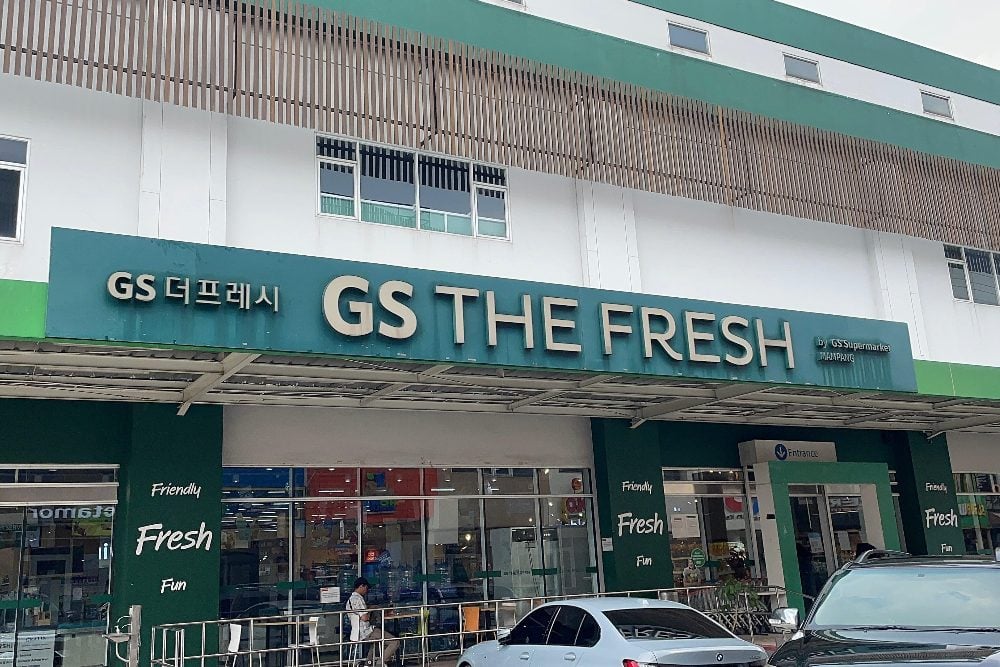In the rapidly evolving retail landscape, businesses that fail to adapt quickly are finding it increasingly difficult to survive. One of the major challenges facing the retail sector today is the combination of insufficient capital and lack of competitiveness. These two factors have become the primary reasons why many retail businesses are either scaling down or shutting their doors for good.
This article explores the root causes of the problem, the consequences for the retail ecosystem, and what can be done to reverse the trend—presented in an SEO-optimized format that’s easy to understand.
💸 The Capital Crunch: Why Retailers Are Running Dry
A significant number of retailers are struggling because they simply lack the financial resources to keep up with market demands. Whether it’s for upgrading inventory systems, enhancing digital presence, or expanding store locations, capital is the fuel that drives retail growth.
Many small and mid-sized retailers find it difficult to access loans or attract investors, especially in a high-risk, post-pandemic economy. Without enough funding:
- Stores can’t modernize operations
- Marketing budgets shrink
- Customer experience suffers
- Stock variety and volume decline
As a result, these businesses become less attractive to today’s demanding consumers.
⚔️ Competitiveness: The Battle Retailers Are Losing
In addition to limited capital, many retailers are struggling to stay competitive in a market dominated by e-commerce giants and fast-paced innovation. Big players like Amazon and local super apps set the bar high with:
- Seamless online-to-offline (O2O) experiences
- Personalized customer journeys
- Fast, reliable logistics
- Aggressive pricing powered by economies of scale
Traditional and underfunded retailers can’t keep up, often relying on outdated strategies and limited technological infrastructure. Consequently, they lose customers to more agile, tech-savvy competitors.
📉 The Domino Effect: What It Means for the Retail Ecosystem
This crisis in retail doesn’t just affect store owners. It triggers a ripple effect that impacts:
- Employees: Job losses increase as stores downsize or close
- Suppliers: Reduced orders affect production and revenue
- Communities: Local economies suffer when businesses shut down
- Consumers: Reduced competition leads to higher prices and fewer choices
Clearly, the consequences go far beyond a single failing store—they hit the entire value chain.
💡 Solutions: How Retailers Can Turn Things Around
Thankfully, the situation is not beyond repair. Retailers can adopt several strategies to survive and thrive:
- Leverage digital transformation: Invest in e-commerce platforms and digital marketing.
- Seek alternative financing: Explore crowdfunding, fintech-based loans, or strategic partnerships.
- Focus on niche markets: Instead of competing with giants, serve specialized needs.
- Collaborate: Form alliances with other retailers to share costs and increase bargaining power.
- Train workforce: Empower employees with digital and customer service skills.
By embracing innovation and seeking strategic funding sources, struggling retailers can build resilience and regain market share.
🚀 Final Thoughts: A Call to Action for the Retail Sector
The message is clear—lack of capital and competitiveness are critical threats to the retail industry, but they are not insurmountable. Retailers must act now, rethinking their business models and investing in smart, scalable solutions.









